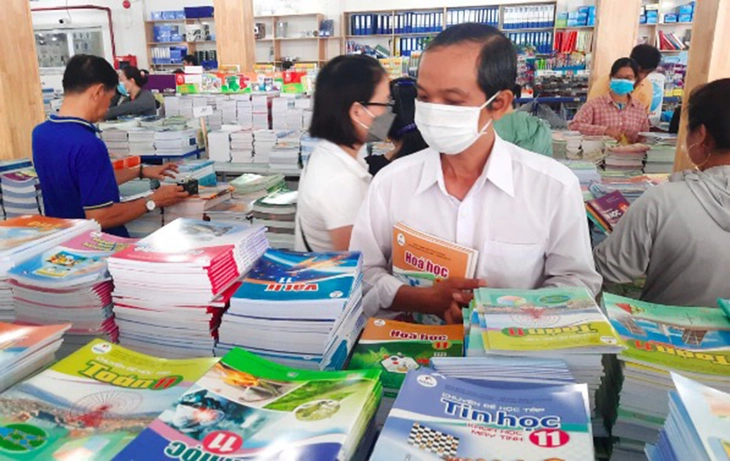
Parents buy textbooks to prepare for the new school year for their children - Photo: NHU HUNG
The 2018 general education program with "one program, many textbooks" is considered by experts to be a big step forward in the work of building programs and compiling textbooks approaching international standards.
Previously, since 2011, the project "Innovation of general education programs and textbooks after 2015" has been a hot topic of debate between the two policies of "one program, one set of textbooks" or "one program, many sets of textbooks". Fortunately, the policy of "one program, many sets of textbooks" won, was approved by the National Assembly and realized in the 2018 General Education Program.
Everything seemed settled but...
Economical or unhygienic?
Up to now, the issue of saving in textbook production has mainly come from the argument: a set of textbooks for long-term use can be used year after year. The older one can pass it on to the younger one, the previous class can pass it on to the next class, and neighbors can give it to each other if they don't use it.
That is the image of the "beloved old days" when the family members shared cassava and sweet potatoes. It is a beautiful image, but is it still appropriate?
At that time, every family had many children. The economy was poor. Many families chose to reuse textbooks. Of course, they had no choice because no student wanted to study old books again.
But now Vietnam's birth rate is very low. The economy has also improved a lot. Families have invested a lot in their children's education. Of which, investing in textbooks is a very small investment, if not the smallest investment in education.
In developed countries, textbooks are beautifully designed, printed in color and have many vivid illustrations to stimulate curiosity and desire to learn. The books must also be new and hygienic to be suitable for students to use. Although they are a little more expensive than regular books, it is a worthy investment.
And we find excuses to save money so that our children can study used books, which are of course old and unhygienic, making them lose interest and get bored as soon as they hold these books in their hands (?!).
After all, every child has the right to learn new textbooks every year. Therefore, whether or not to save will depend mainly on the price of textbooks instead of reusing textbooks. As for the price of textbooks, it will be decided by market rules and State regulation. In principle, when there are many sets of textbooks competing together, the price will decrease, thus saving more for society.
Therefore, for the sake of saving, returning to the policy of one set of textbooks will invisibly create a textbook monopoly and book prices will likely be pushed up like any other economic monopoly model.
The biggest waste
We often talk about saving but rarely pay attention to waste. If you want to know if a set of textbooks is really saving, try talking about waste in education.
After many years of direct experience in general education, both at home and at school, I see that the biggest waste in education is not in textbooks or facilities.
So what are the big wastes in education? In my opinion, they are: waste of mind, waste of study time, and waste of opportunity to grow up. Of these, waste of mind is the biggest waste. Much bigger than waste of money.
If you make children bored with studying, not like going to school, not curious or interested in picking up a textbook, then their minds will not focus on studying. Combined with the one-way communication method of education, children's school days will be torture. Children sit in class, holding books in their hands but their minds are elsewhere.
Not only that, when children do not focus on studying, their minds will be invaded by all kinds of information on social networks. At that time, children's minds will be degraded, even "brain rot", because weeds have grown wild and broken the mental order in their minds. That is the biggest waste in education.
The second waste is wasting time. Children go to school for more than ten years but still do not know what to study for, do not have self-motivation in studying so a lot of time spent in school is wasted.
Therefore, new and beautiful books help children be excited about learning, saving both mind and time.
Even with something as small as using textbooks, if children are allowed to do exercises directly in the book, it will save a lot more time than writing in notebooks. With the current price of a set of textbooks at around 300,000 VND, if children save just 3-5 minutes a day if they are allowed to do exercises directly in the book, it will be worth more than the set of textbooks if converted into money.
The next waste is the wasted opportunity to grow up. Not just for the child but for the whole society, statistically speaking. Obviously, when there are many sets of textbooks, using many different materials, the opportunity for localization and personalization in education will increase. The number of experiences that young children have with the educational program, considered on a social scale, will increase.
For those reasons, when talking about saving in textbook production, I think it would be much more appropriate to consider both waste and hygiene factors instead of just relying on purely economic reasons and a wish like "when will the old days come back?"
At that time, we may see that returning to the policy of a new set of textbooks is a waste. At least it is reflected in the cost of rebuilding this set of textbooks, and then the minds and time of the whole society.
Encourage teachers
To increase learning and growth opportunities for students, it is necessary to encourage teachers to use many sets of textbooks and many different types of materials from many advanced educational programs in the world, as long as they do not conflict with the national educational program, to include in teaching materials.
Source: https://tuoitre.vn/vu-mot-chuong-trinh-nhieu-bo-sach-giao-khoa-nhin-duoi-goc-do-lang-phi-20250818105603525.htm



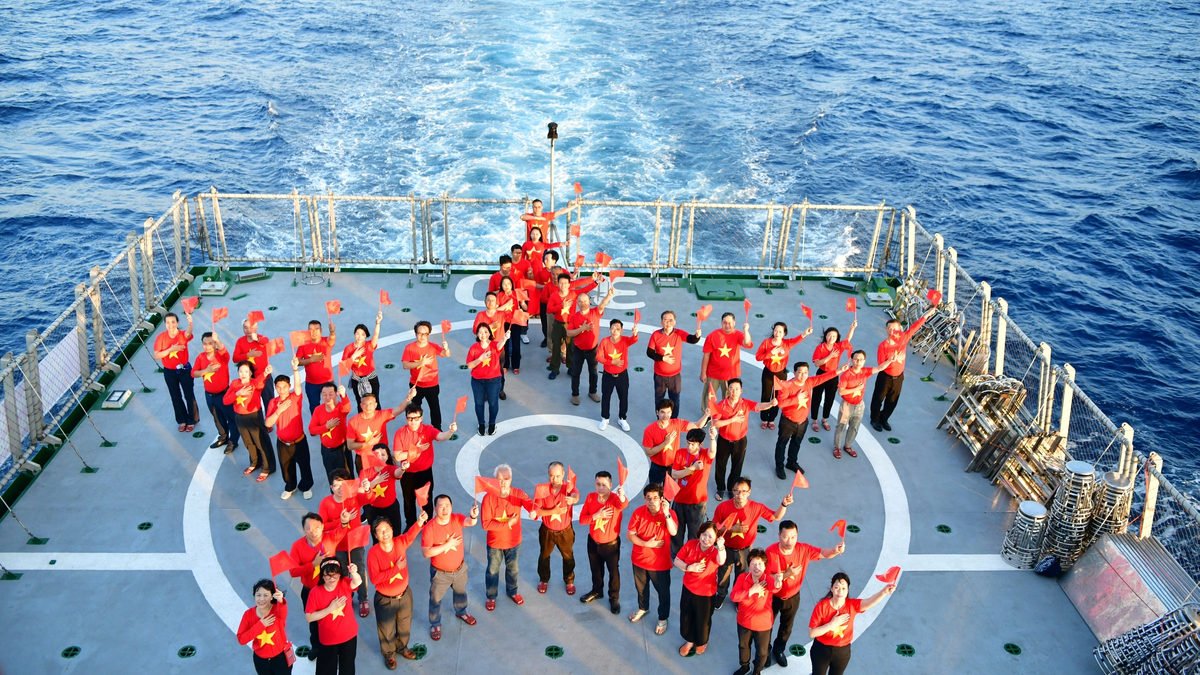
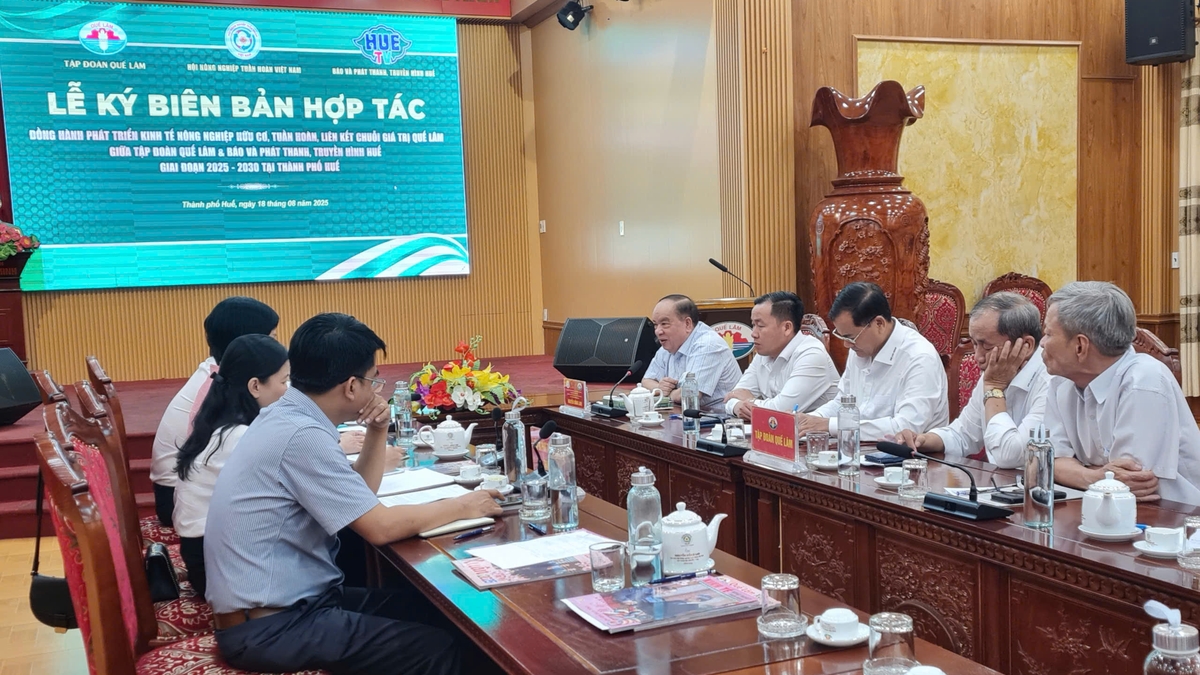
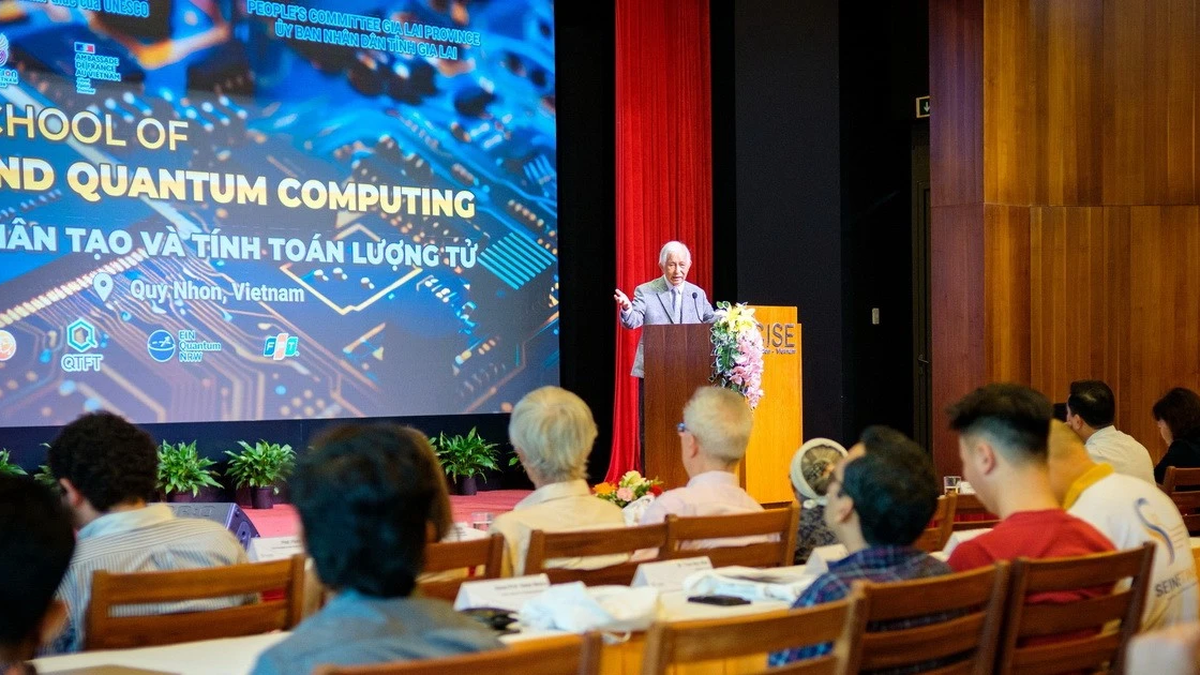
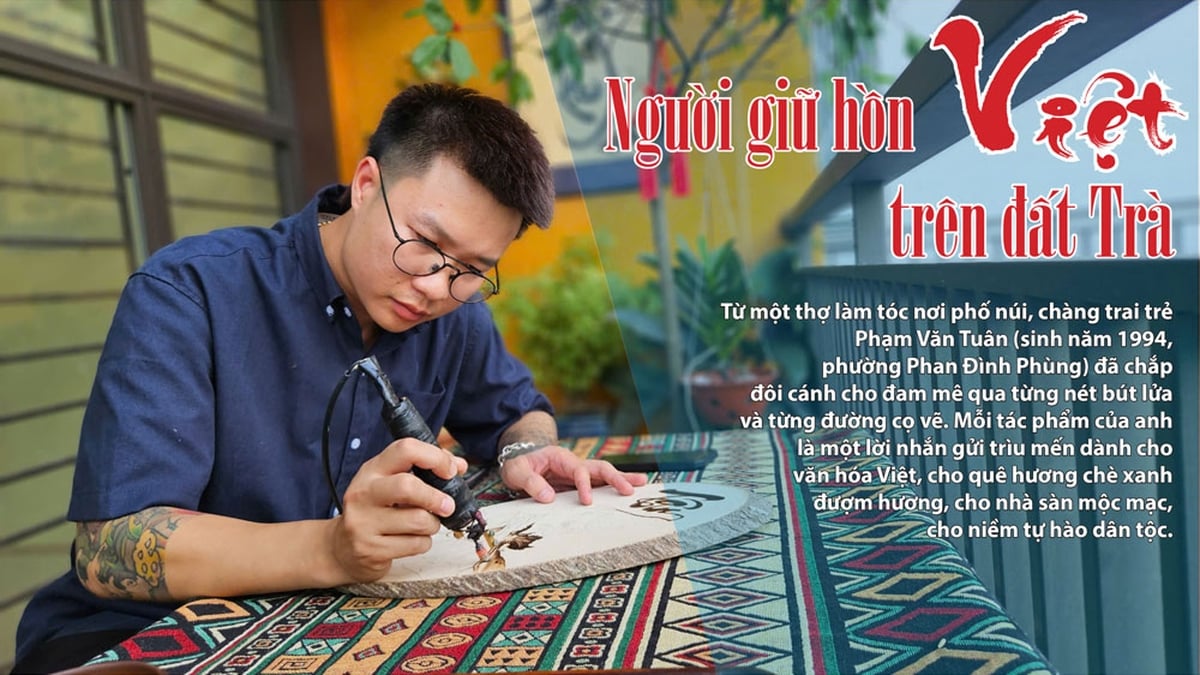
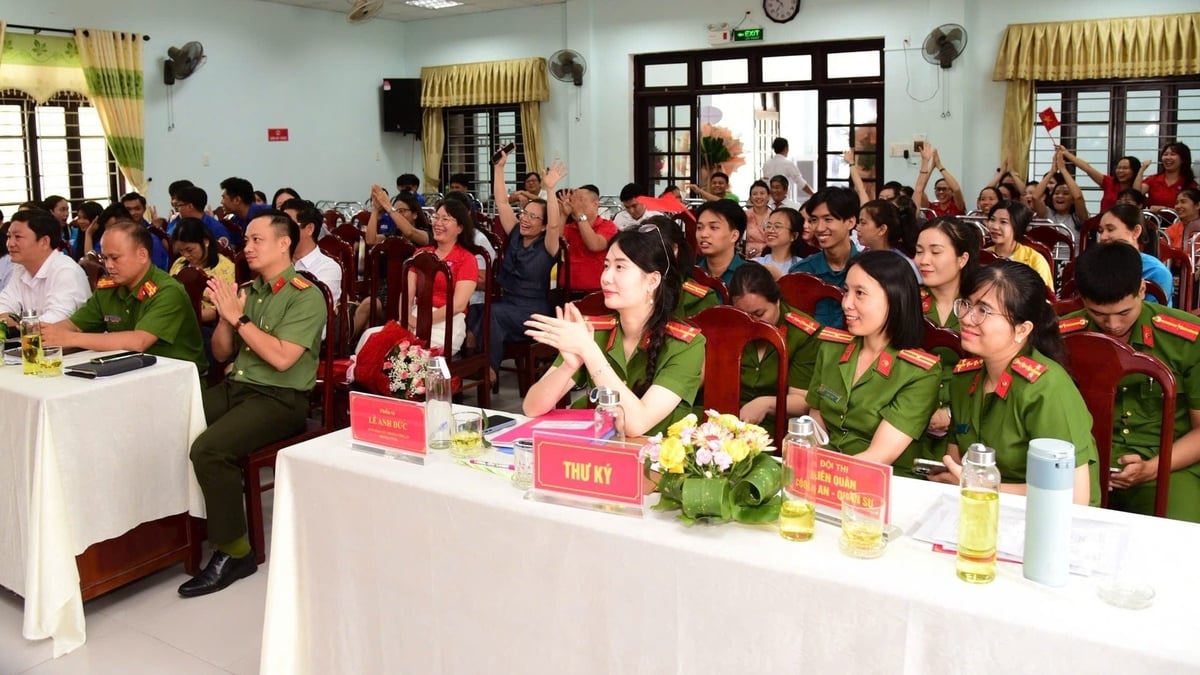
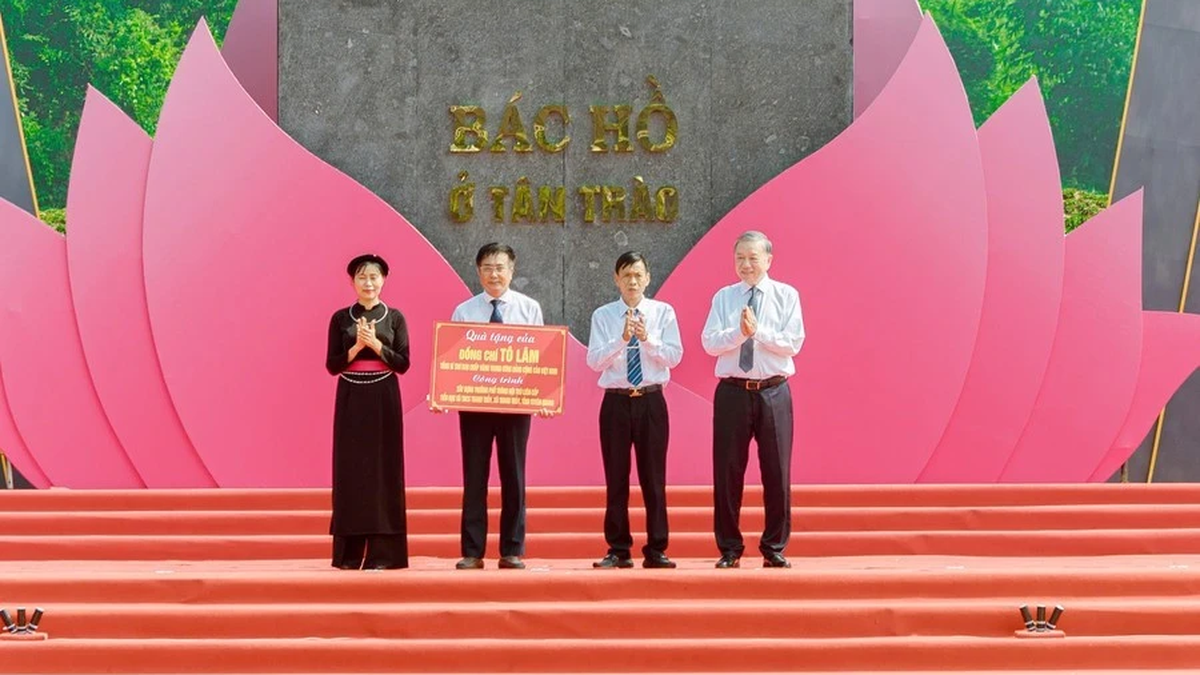
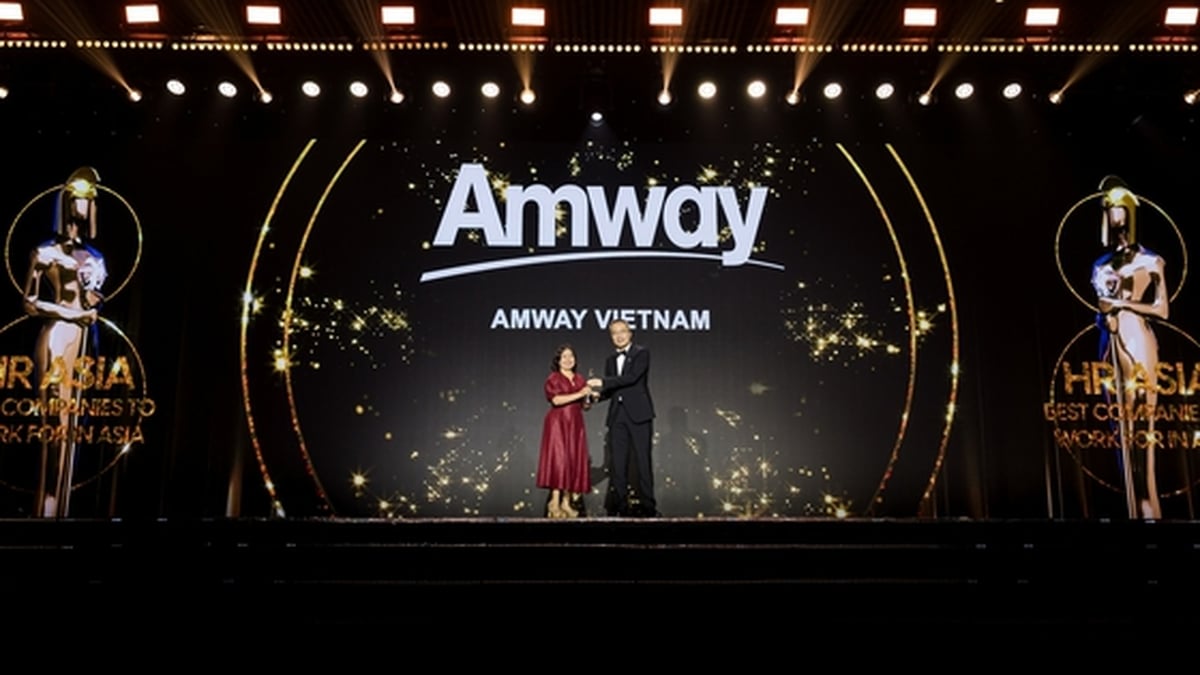
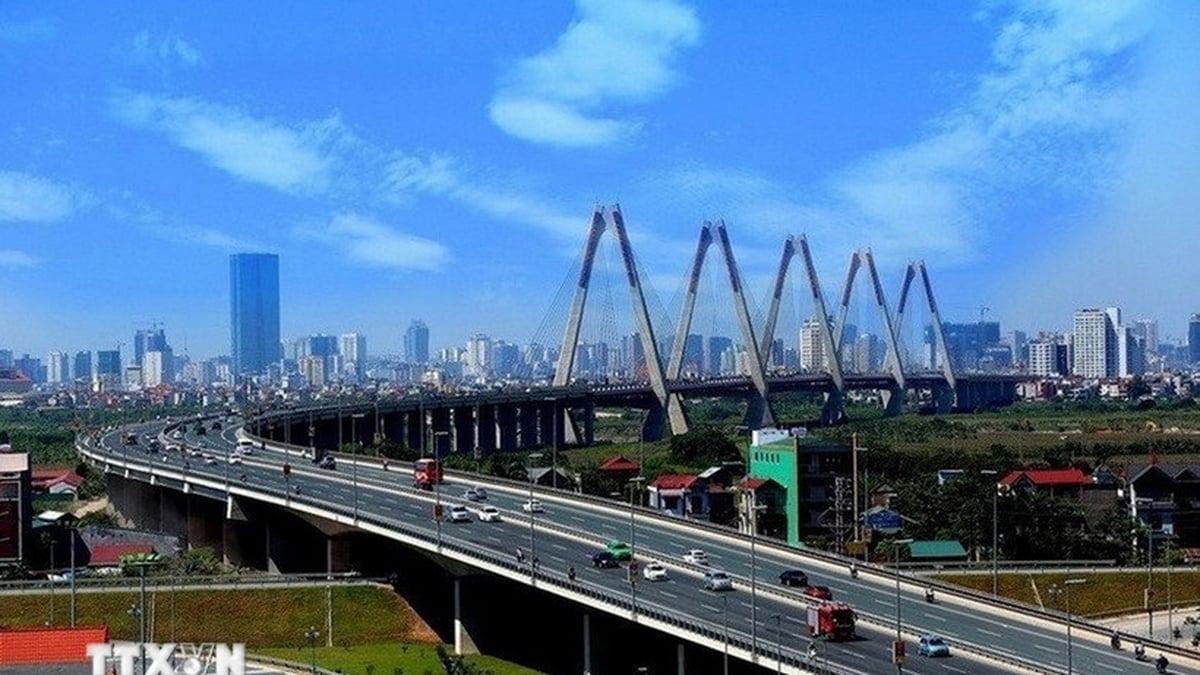












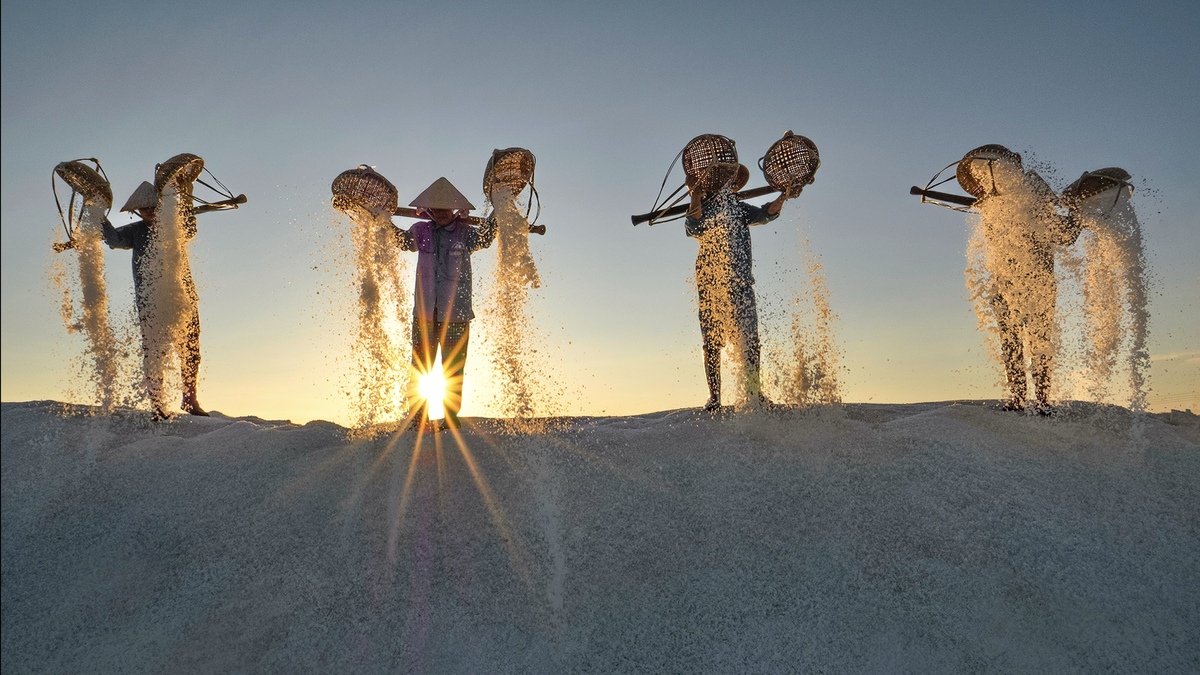

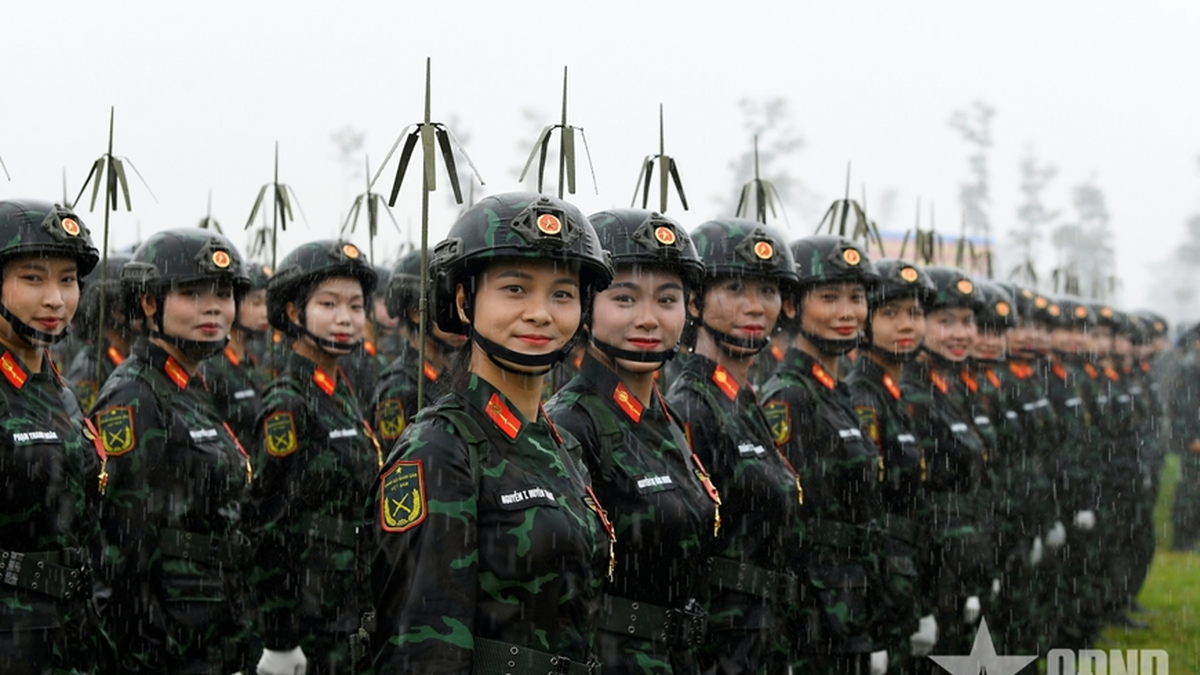
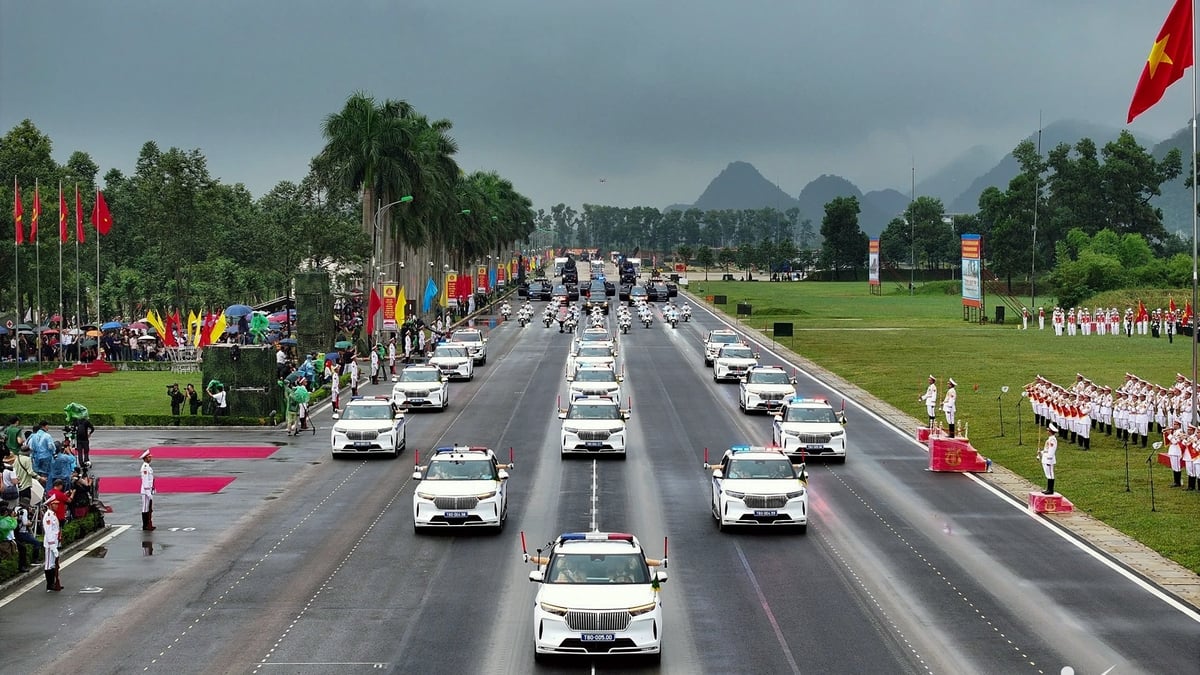
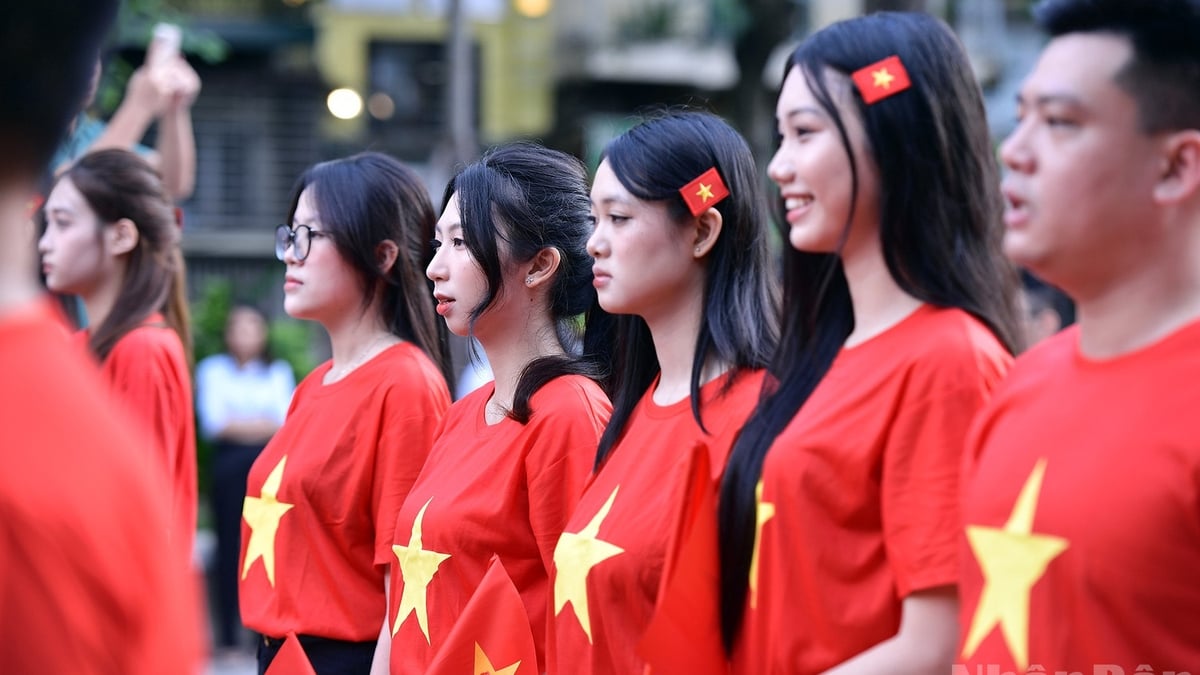

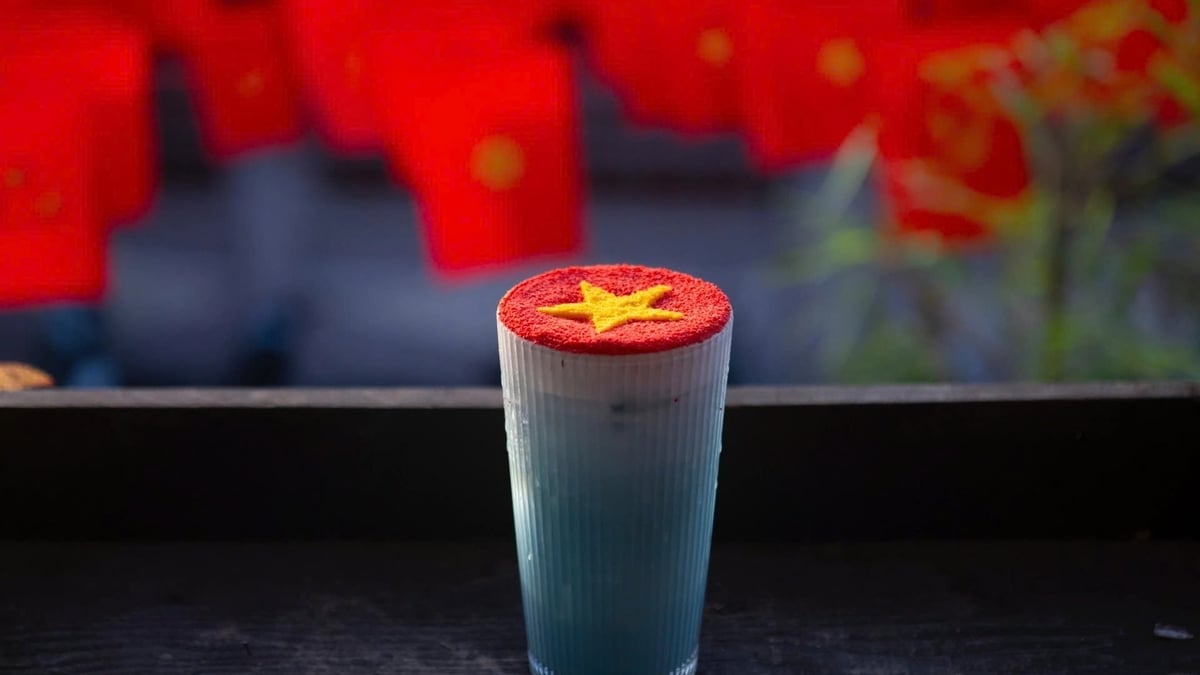
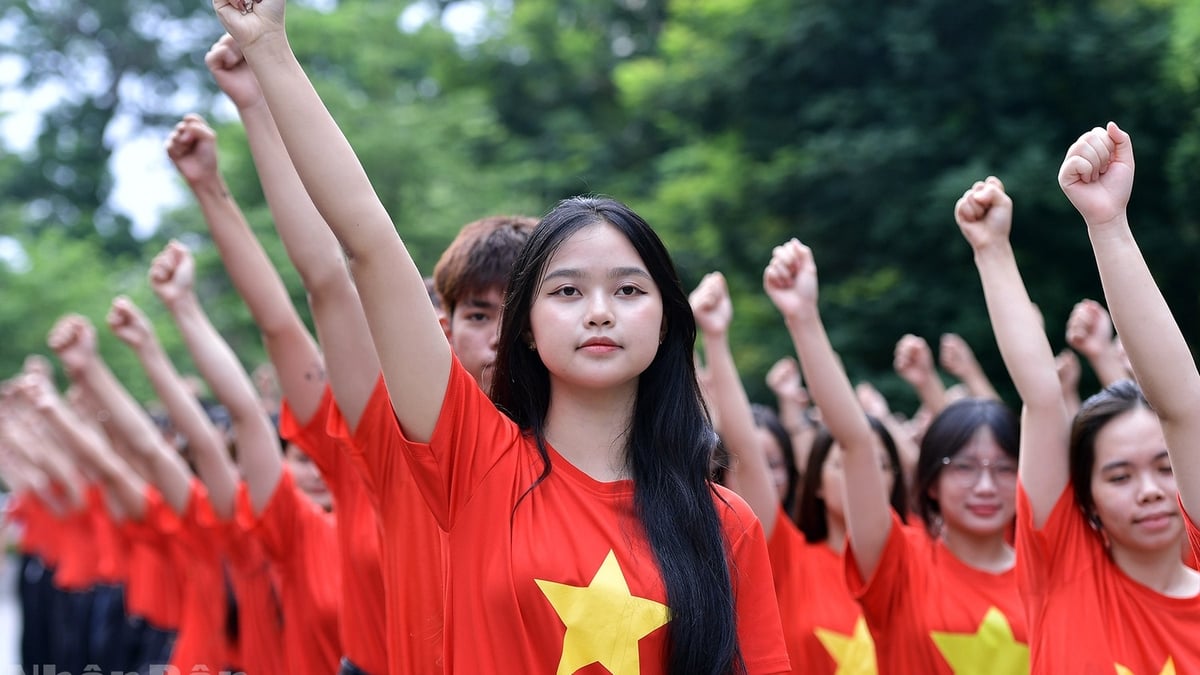
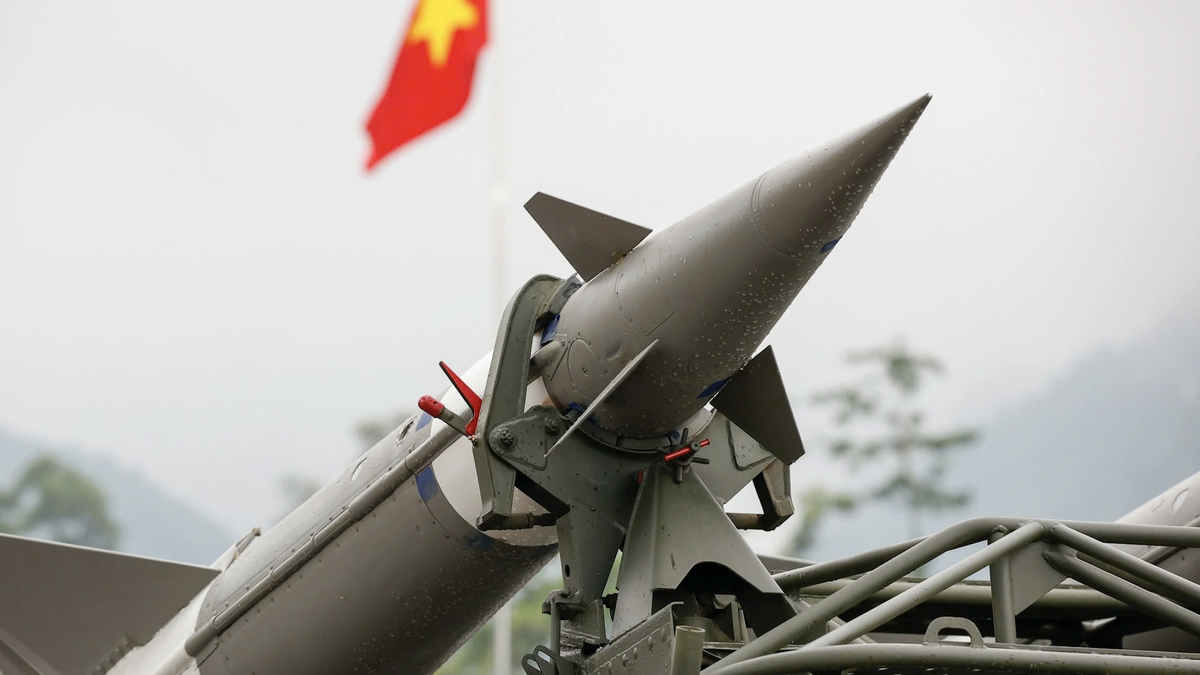


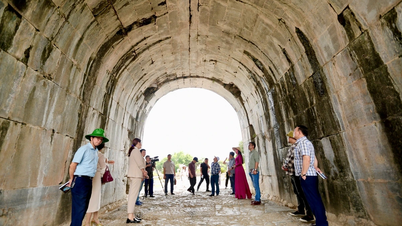



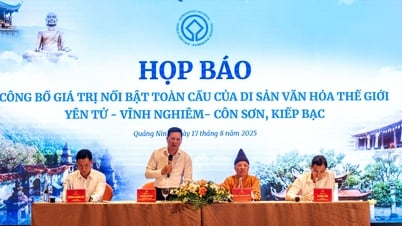

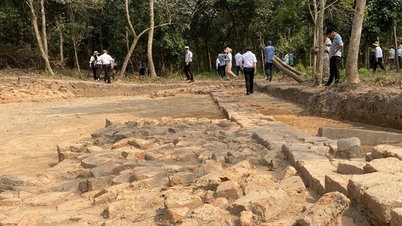


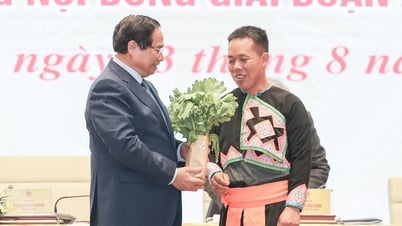

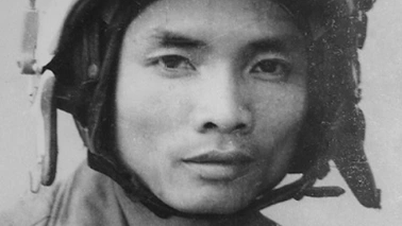

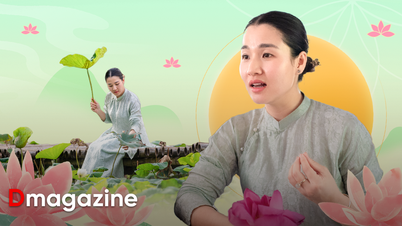










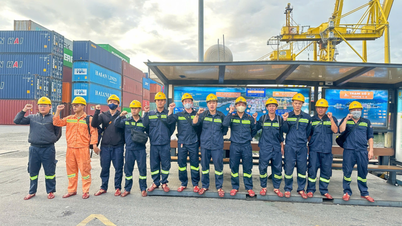
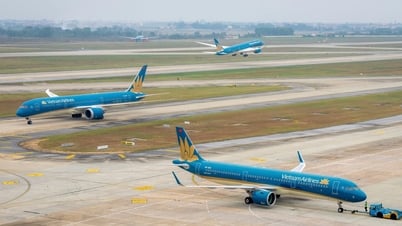


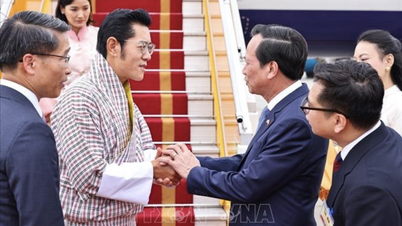
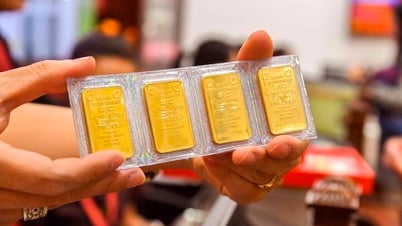

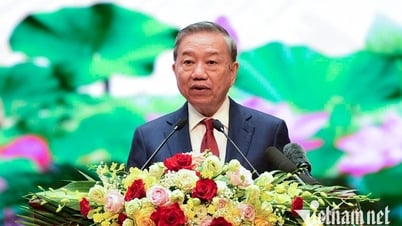





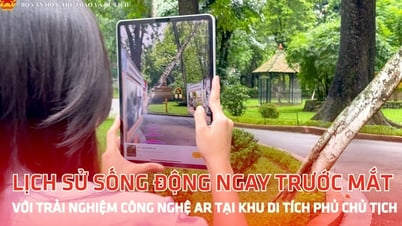

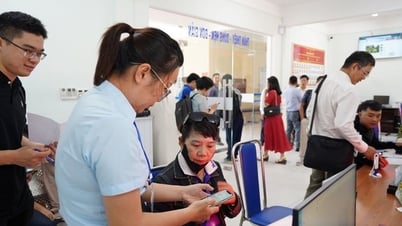



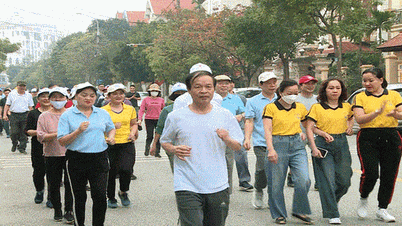
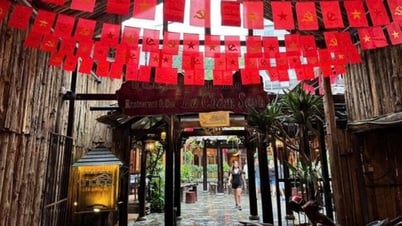







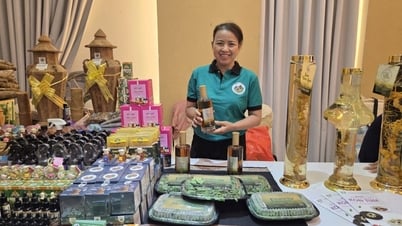

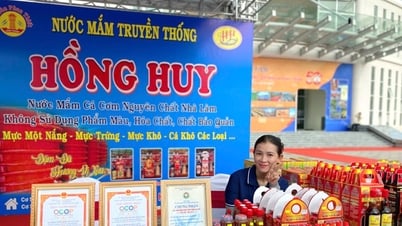






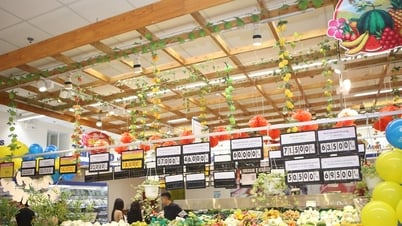




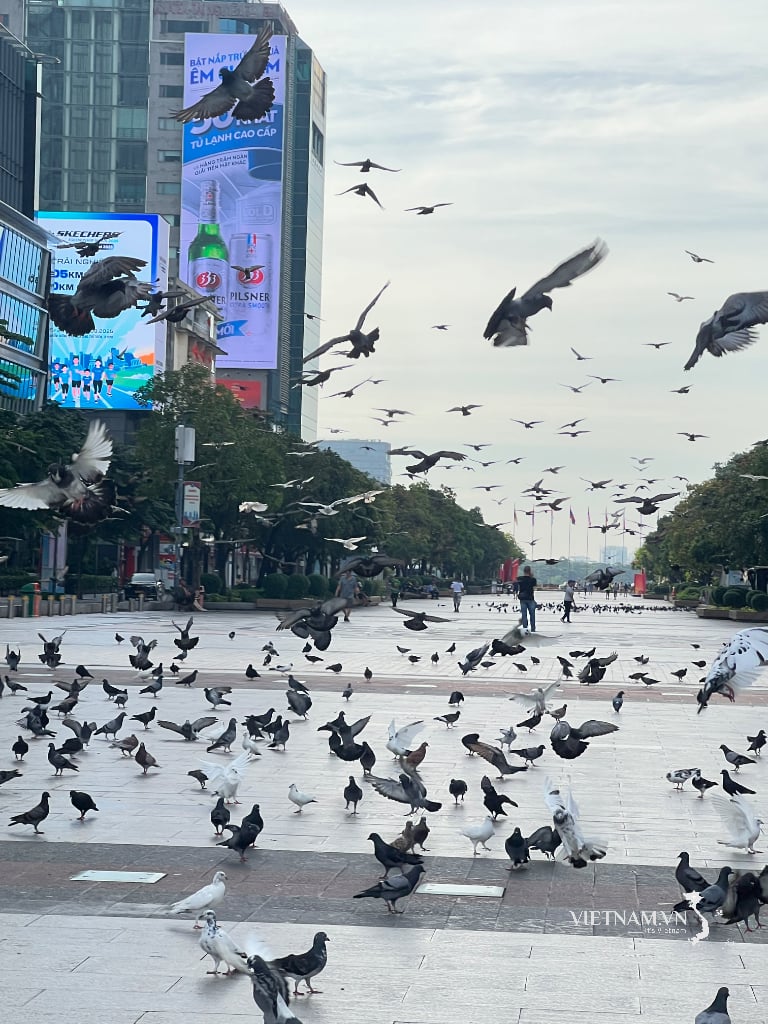
Comment (0)